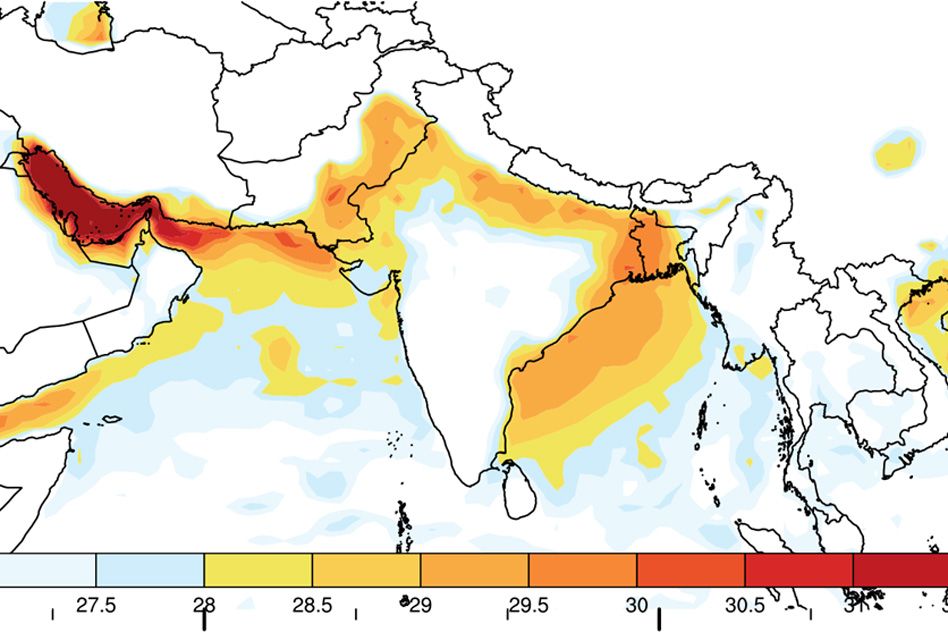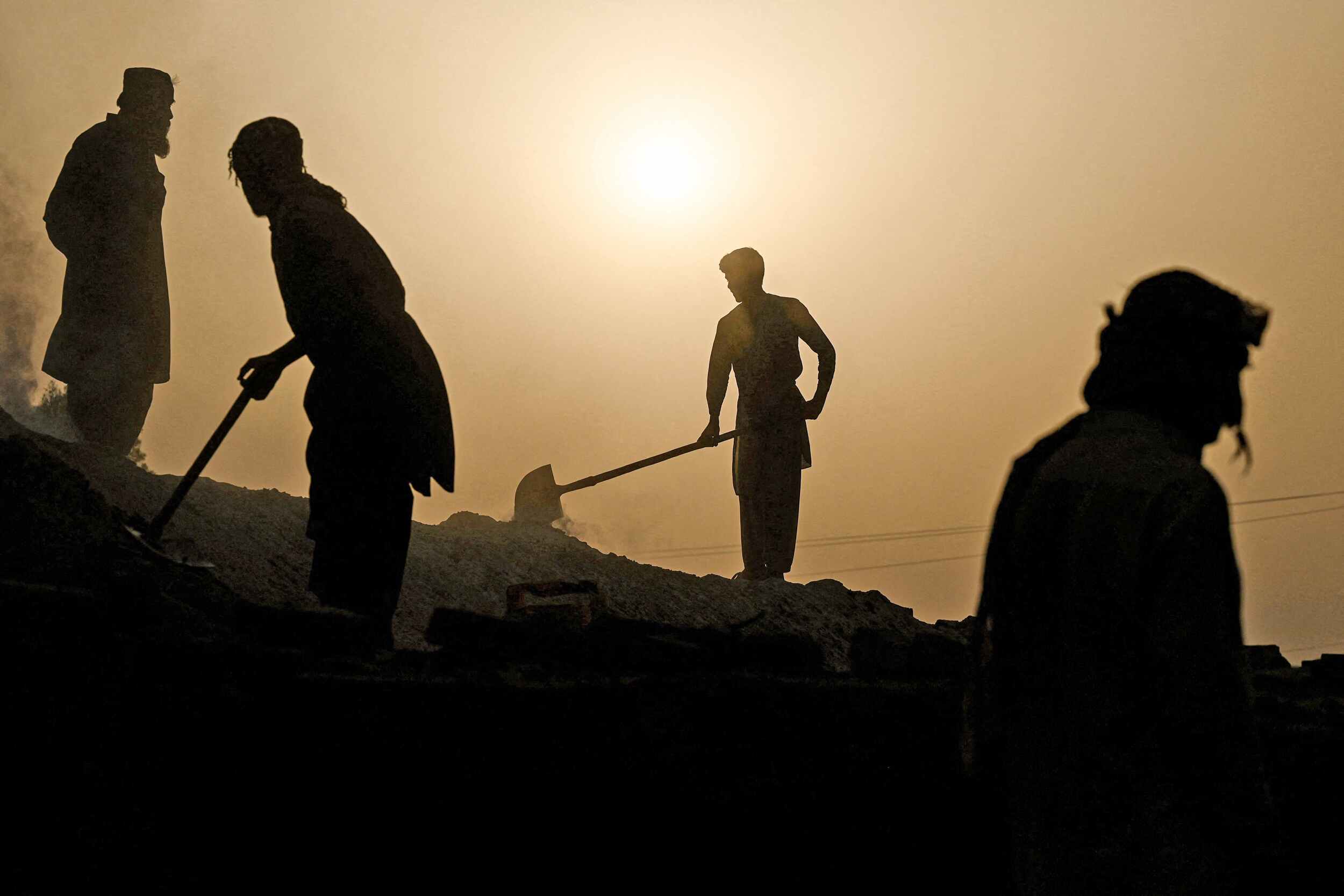Heat Waves’ devastating impacts on South Asia

The frequency and severity of extreme weather occurrences are increasing as the Earth’s climate continues to change. Among these occurrences, heat waves have become a major global concern. South Asia is particularly prone to the negative effects of heat waves due to its high population and vulnerable people. This article explores the root causes of heat waves, how they are related to climate change, and the severe repercussions felt in South Asia. Heat waves are extended times when the temperature is too high and frequently come with significant humidity. They may have detrimental effects on the environment, infrastructure, agriculture, and human health. South Asia, encompassing countries such as India, Pakistan, Bangladesh, Nepal, and Sri Lanka, has experienced an alarming increase in the frequency and intensity of heat waves over the past few decades. The primary driver of heat waves in South Asia is climate change. Rising greenhouse gas emissions, primarily carbon dioxide, trap heat in the atmosphere and contribute to global warming. This warming effect disrupts weather patterns, leading to extreme heat events. Heat waves are now more prolonged, more frequent, and more intense than in the past.
Heat waves offer serious health dangers to people, especially to the elderly, young children, and people with pre-existing diseases. Heat exhaustion, heatstroke, and other heat-related ailments can result in hospitalisations and even fatalities due to the sweltering temperatures. Long-term exposure to excessive heat can exacerbate cardiovascular and respiratory diseases. The agriculture industry in South Asia, which provides a living for millions of people, is severely impacted by heat waves. Crop yields are decreased, and farming practices are disrupted by high temperatures and water scarcity brought on by altered rainfall patterns. Extreme heat is particularly harmful to staple crops like rice, wheat, and maize, jeopardising food security and raising costs. Heat stress also affects livestock, leading to reduced milk production and increased mortality rates. Heat waves can place significant strain on infrastructure and economies in the South Asian region. Power grids face heightened demand for cooling, leading to electricity shortages and blackouts. Construction materials can become weaker and prone to structural failures due to excessive heat. Additionally, industries reliant on outdoor labor, such as construction and agriculture, suffer productivity losses and economic setbacks during heat wave episodes. Heat waves wreak havoc on South Asia’s delicate ecosystems. Rising temperatures contribute to the melting of glaciers in the Himalayas, impacting water resources for millions of people dependent on glacial melt water. Heat stress can also lead to the bleaching and degradation of coral reefs, endangering marine biodiversity. Forest fires become more frequent and severe, contributing to deforestation and releasing massive amounts of carbon dioxide into the atmosphere.

Addressing the threat of heat waves in South Asia requires a multi-faceted approach. Reducing greenhouse gas emissions should be the top priority of mitigation measures to reduce the rate of future temperature increases. Combating climate change can be aided by promoting the use of renewable energy sources, energy efficiency, and sustainable urban planning. It is also essential to take adaptation measures, such as increasing healthcare facilities, putting heat wave response plans into place, and encouraging agriculture that is heat-resistant. South Asia is seriously threatened by heat waves that are made worse by global warming. Urgent action is required due to the detrimental impacts on human health, agriculture, infrastructure, and the environment. Governments, communities, and individuals must work together to reduce greenhouse gas emissions, adapt to changing climatic conditions, and develop comprehensive strategies to safeguard vulnerable populations. By addressing the challenges posed by heat waves, South Asia can build a more resilient future and protect the well-being of its people.